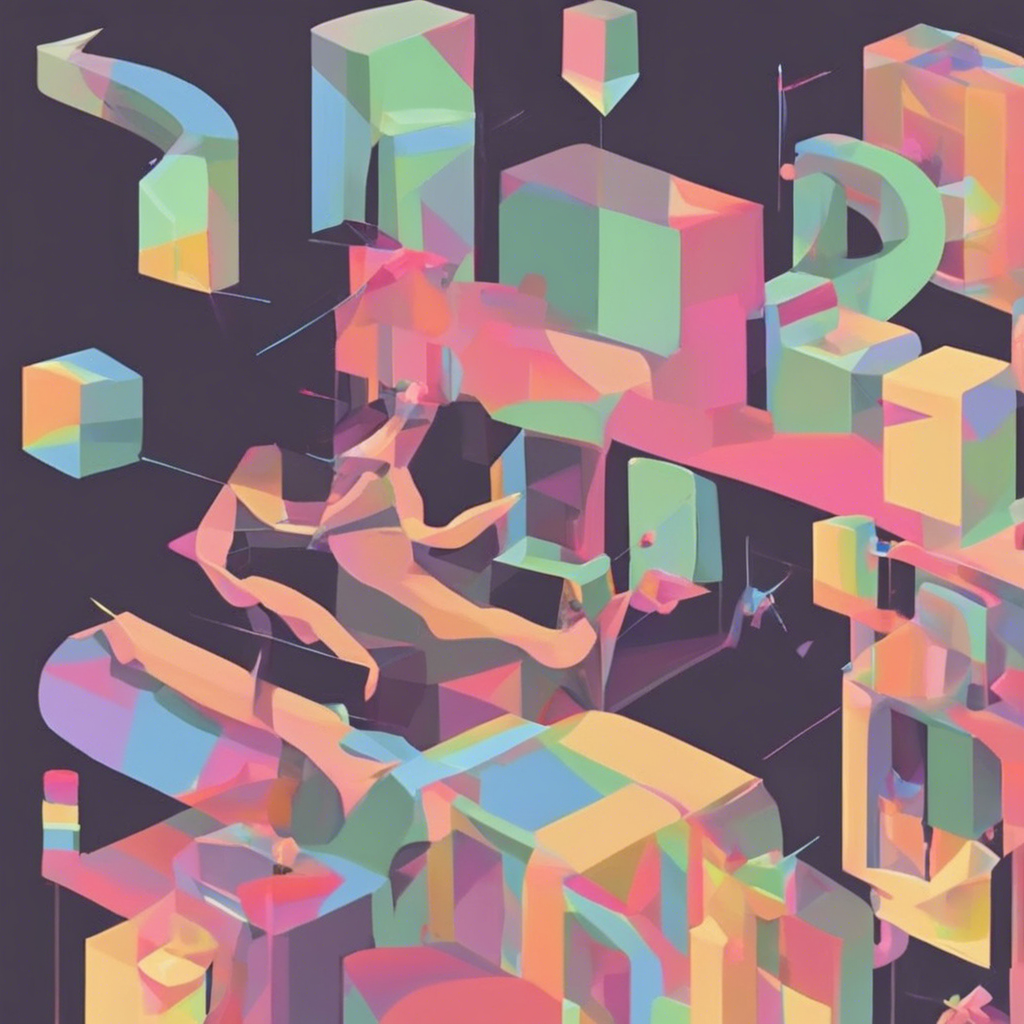Do GIFs count as animation?
Do GIFs Count as Animation?
What is Animation?
Before we dive into whether GIFs count as animation, let's first understand what animation is. Animation is a rapid sequence of images that create an illusion of movement. It is a diverse field that encompasses various forms, including traditional hand-drawn, computer-generated, stop-motion, and more. The primary goal of animation is to convey a story, idea, or emotion through a series of moving images.
What are GIFs?
GIF stands for Graphics Interchange Format. It is a file format that supports animated images and is widely used on the internet. GIFs are known for their small file size, which makes them easy to share across various platforms. They have become a popular way to convey emotions, reactions, and ideas in a concise and visually appealing manner.
The Debate
The debate over whether GIFs count as animation often hinges on the definition of animation and the technical aspects of GIFs. Here are some points to consider:
1. Sequence of Images
Animation is fundamentally about creating the illusion of movement through a sequence of images. GIFs achieve this by looping through a series of frames. In this sense, GIFs share a core principle with traditional animation.
2. Motion and Illusion
Critics argue that GIFs are not true animation because they do not have the complexity and motion found in films or TV shows. However, the essence of animation lies in the illusion of motion, not the complexity of the movement. A simple sequence of frames looped to create the impression of a moving object is, by definition, animation.
3. Artistic Intent and Expression
Animation is not only about the technical process but also about artistic intent and expression. Many argue that GIFs serve as a modern form of expression, using the medium to convey messages and emotions in ways that static images cannot. This creative use of the GIF format aligns with the broader goals of animation as an art form.
4. Technical Limitations
GIFs have certain limitations, such as supporting only 256 colors and having a maximum frame rate that limits the complexity of motion they can display. However, these limitations do not disqualify GIFs from being considered a form of animation. Instead, they position GIFs as a specific type of animation, much like how stop-motion animation has its unique characteristics.
The Evolution of Animation
The inclusion of GIFs in the animation discourse reflects the evolution of animation as a field. As technology advances, new forms of animation continue to emerge, each bringing its unique set of tools and limitations. The animation community has historically been open to embracing these new forms, recognizing that the essence of animation lies in its ability to convey motion and emotion, rather than strict adherence to traditional methods.
The Role of GIFs in Modern Communication
GIFs have become an integral part of online communication, serving as a visual shorthand for emotions and reactions. Their popularity underscores their effectiveness as a form of animation in the digital age. GIFs allow for instantaneous understanding and engagement, making them a powerful tool in social media, messaging apps, and online forums.
Conclusion
Do GIFs count as animation? Based on the principles of animation as a sequence of images creating an illusion of motion and considering the artistic and communicative roles GIFs play in modern society, it is reasonable to conclude that GIFs are indeed a form of animation. While they may not share the complexity of some other animation forms, GIFs have carved out their own niche as a simple, accessible, and widely used form of animated media. As such, they contribute to the rich tapestry of animation in the 21st century, proving that animation is a dynamic and evolving field that welcomes new forms of expression.
This article explores the debate over whether GIFs can be considered a form of animation, examining the principles of animation, the characteristics of GIFs, and their role in modern communication. It concludes that GIFs, with their ability to create an illusion of motion through a sequence of images, fit the definition of animation and have become an important part of online culture.
Discover more from EMD
Subscribe to get the latest posts to your email.
